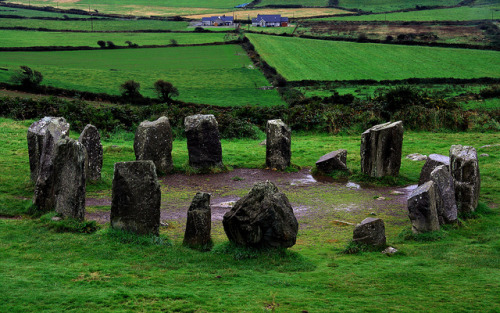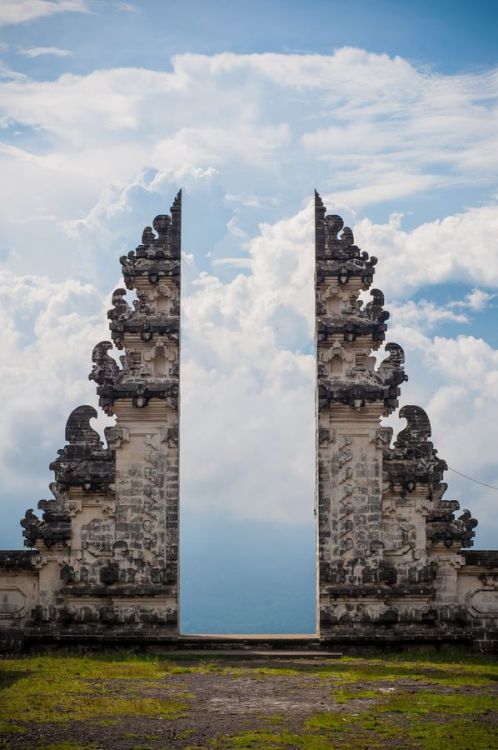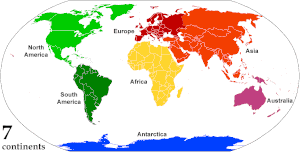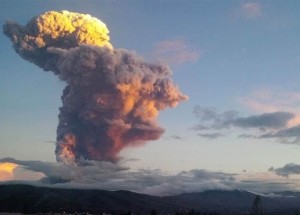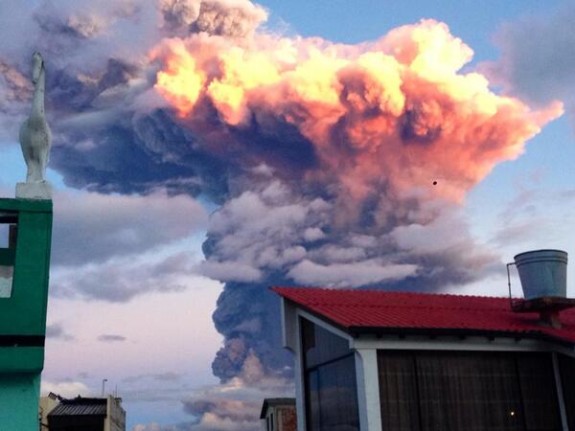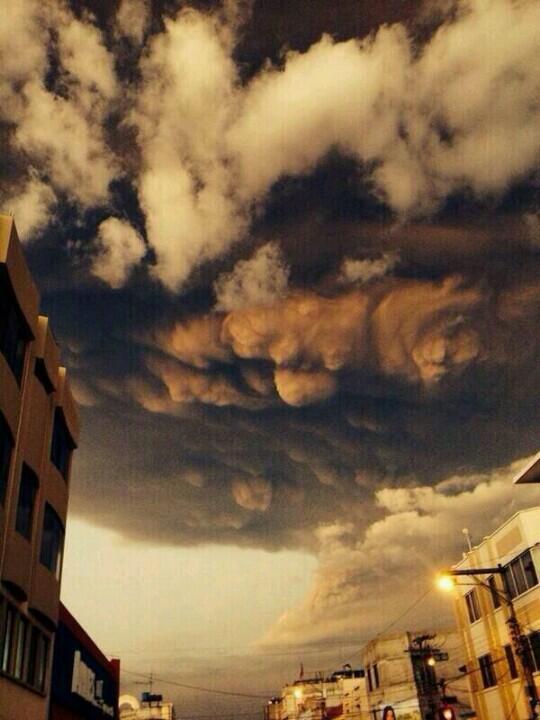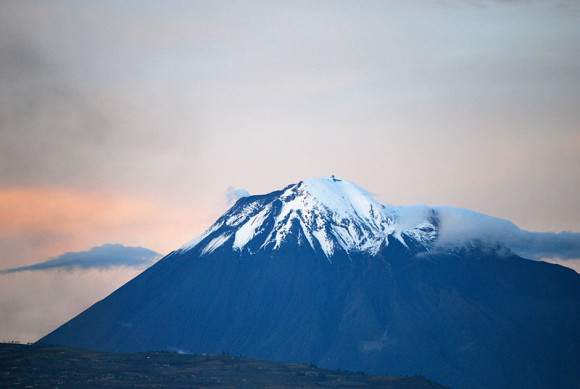Carolina Naturally is read in 196 countries around the world daily.
Old Chest of Drawers ... !
Don't forget to visit our sister blog: It Is What It Is
Some of our reader today have been in:
The Americas
Wallingford,
Winchester, White Center, Westbury, Waikiki, Wheeling, West Richland,
Winston-Salem, Wilmington, Wichita, Washington D.C., Wichita Falls,
Weauken, Warren, West Jordan, Woodburn, Waxhaw and Warner Robbins,
United States
Alta Floresta and Rio De Janeiro, Brazil
Pikangikum, Montreal, Thunder Bay, Edmonton, Toronto and Fort Nelson, Canada
Bogota and Cali, Colombia
Santo Doming, Dominican Republic
Tijuana, Mexico
Europe
Luxembourg, Luxembourg
Lodz, Kedzierzyn-Kozle and Gdynia, Poland
Vilnius, Lithuania
Veliko Turnovo and Ruse, Bulgaria
Istanbul and Ankara, Turkey
Heilbronn, Germany
Slatina, Romania
Vladivostok, Moscow and Ryazan, Russia
Kista and Karlskroga, Sweden
Nokia, Helsinki and Espoo, Finland
Milan, Ivrea and Terlizzi, Italy
Madrid, Spain
Sarajevo and Mostar, Bosnia and Herzegovina
Funchal and Covilha, Portugal
Dublin, Ireland
Fourmies and Le Harve, France
London, England
Tallinn, Estonia
Lausanne, Switzerland
Saint Peter Port, Guernsey
Vinnytiya and Kharkiv, Ukraine
Asia
Bayan Lepas, Ipoh, Kota Kinabalu, Kuala Lumpur, George Town, Petaling Jaya and Sibu, Malaysia
Guangzhou and Shijiazhuang, China
Al Hudayah, Yemen
Mandalay, Burma
Hong Kong, Hong Kong
Kottayam,
Jodhpur, Kolkata, Bangalore, Thiruvananthpuram, Sarkhej, Pune,
Shillong, Mumbai, Goa, Coimbatore, Patna, and Ahmedabad, India
Turan and Thanh Pho Ho Chi Minh, Vietnam
Tokyo, Japan
Ilam and Tehran, Iran
Jakarta and Yogyakarta, Indonesia
Badulla and Kelaniya, Sri Lanka
Kathmandu, Nepal
Africa
Cairo, Egypt
El Kef, Tunisia
Calabar, Nigeria
Nairobi, Kenya
Pretoria and Midrand, South Africa
The Pacific
Sydney and Melbourne, Australia
Manila and Quezon City, Philippines















